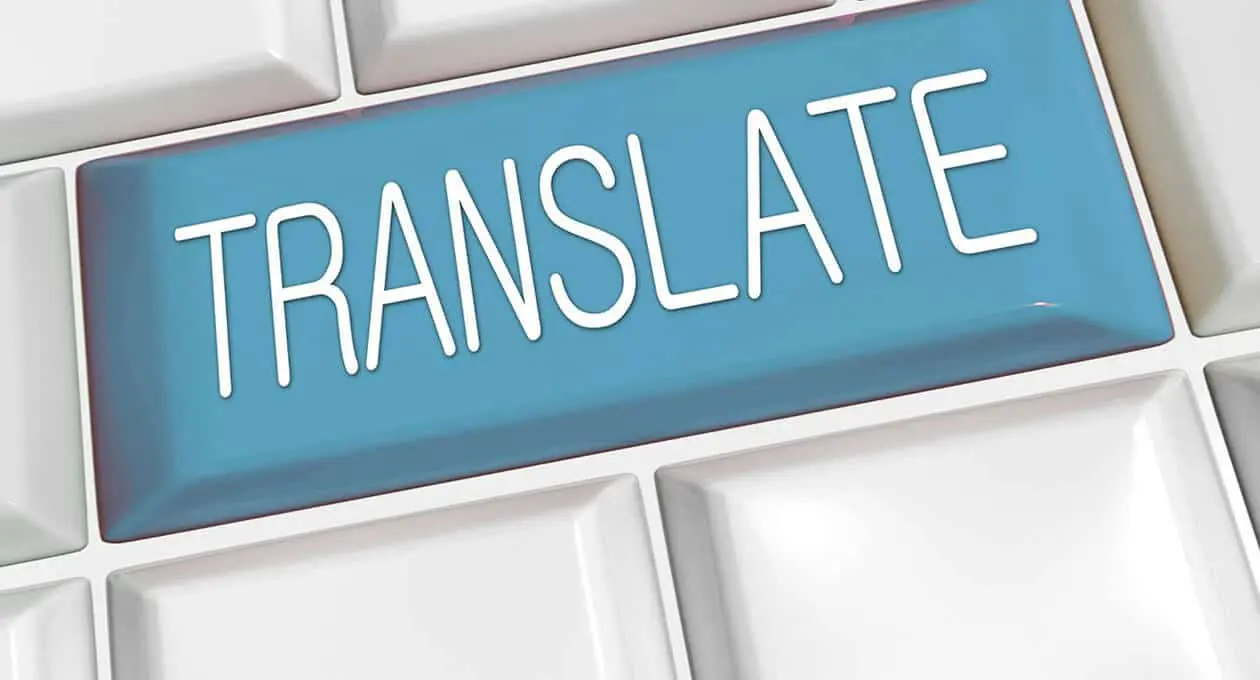The importance of translation and interpretation is growing in the 21st century as the need to keep up with global development in various fields while maintaining linguistic and cultural identity increases. Indeed, translation is not a product of modern times. Museums testify to the ancient practices of translation dating back to the 5th century BCE, such as the translated Rosetta Stone inscriptions, written in Hieroglyphic, Greek, and Ancient Egyptian languages. Many translated scrolls and papyri from Hieroglyphic to Ancient Greek dating back to the 15th century BCE have been found, in addition to translations of the Amarna letters written in both Akkadian and Ancient Egyptian, which are today housed in major world museums.
The need for translation and transfer from one language to another throughout the ages is linked to civilizational and intellectual development. All nations have engaged in translation to broaden their knowledge and add more sciences by interacting with other cultures and peoples and translating their sciences and cultures for mutual benefit. Translation has flourished significantly since the early 20th century, with the emergence of professional translators and the activation of educational and technological missions between countries, competing in the translation of sciences and knowledge in various fields to keep up with scientific progress and the latest discoveries and inventions.
Importance of Translation
- Transcends geographical boundaries and transfers cultures, turning the world into a small village.
- Keeps pace with civilizational and technological development.
- Facilitates the translation of thought streams and research methodologies, diving into various sciences.
- Helps in discussing global issues extensively and understanding different viewpoints.
- Develops peoples’ concepts about development issues.
- Allows countries to establish interactive relationships in various fields.
- Expands import and export operations of products and goods between countries.
- Transfers global news and events.
- Enhances and promotes global tourism.
Studying translation in Turkish universities takes four years, and the academic program content varies from one university to another. Students can learn the details of the courses for each academic year by visiting the official website of the university they wish to enroll in.
Curriculum of Translation and Interpretation Major
First Academic Year
- Introduction to Translation Studies
- Critical Reading and Writing
- Society and Culture
- Textual Analysis and Effective Communication
- Politics and Economics
- Textual Analysis and Academic Writing
Second Academic Year
- Technical Translation
- English Literature
- Linguistics
- World Civilizations
- Translation Techniques
- Media and Advertising Translation
Third Academic Year
- Translation Theories
- Simultaneous Translation
- Literary Translation
Fourth Academic Year
- History of Translation
- Translation Criticism
- Graduation Project in Translation and Interpretation
Employment Opportunities for Graduates
Graduates have many opportunities to work in:
- Translation and interpretation offices
- Import and export companies
- Simultaneous translation at international conferences and forums
- Government institutions
- Ministry of Industry and Trade
- Tourism companies
- Film and series translation
- Journalistic translation in newspapers and global and local news agencies
- Publishing houses
- Diplomatic corps (embassies and the Ministry of Foreign Affairs)




